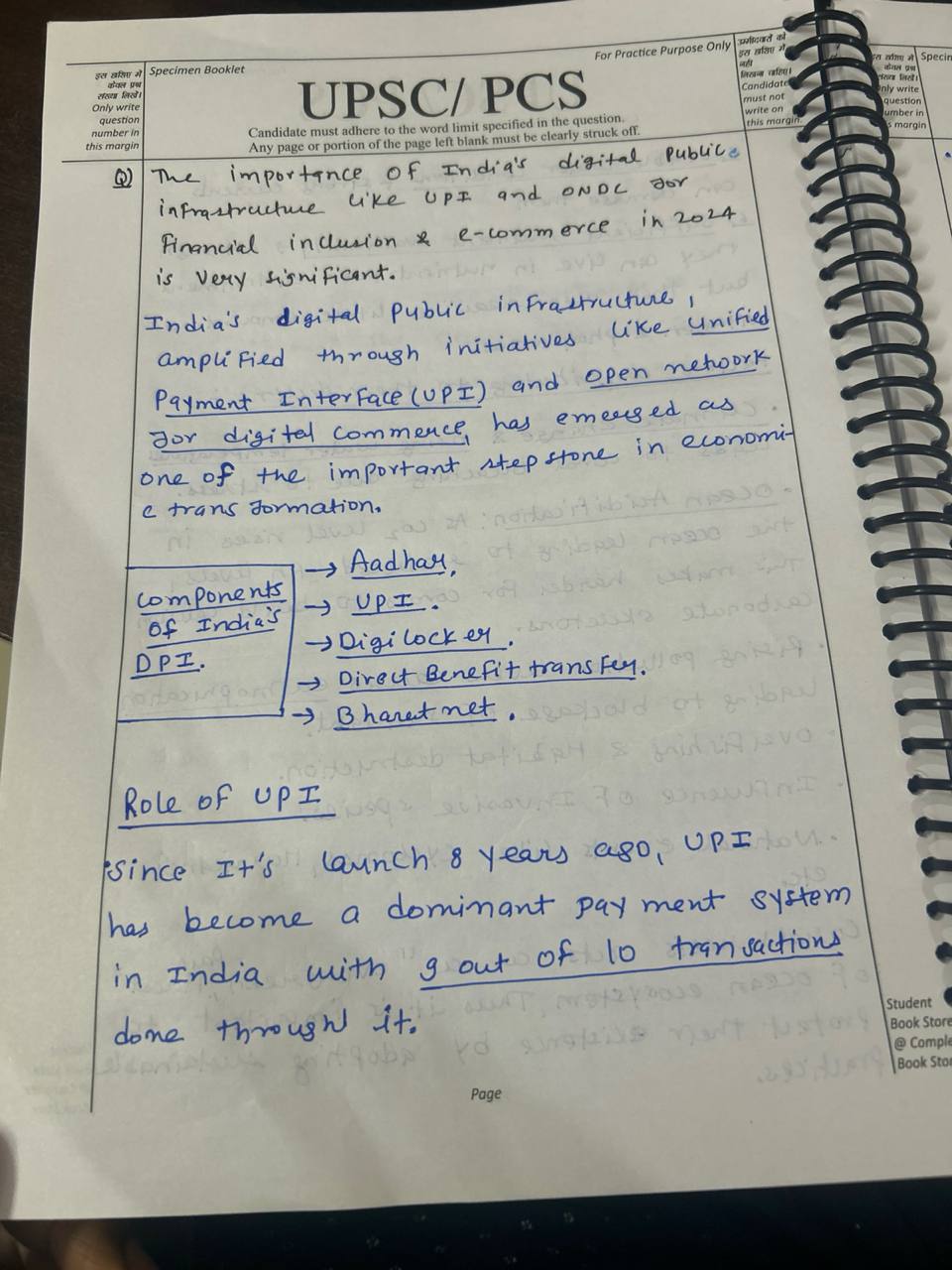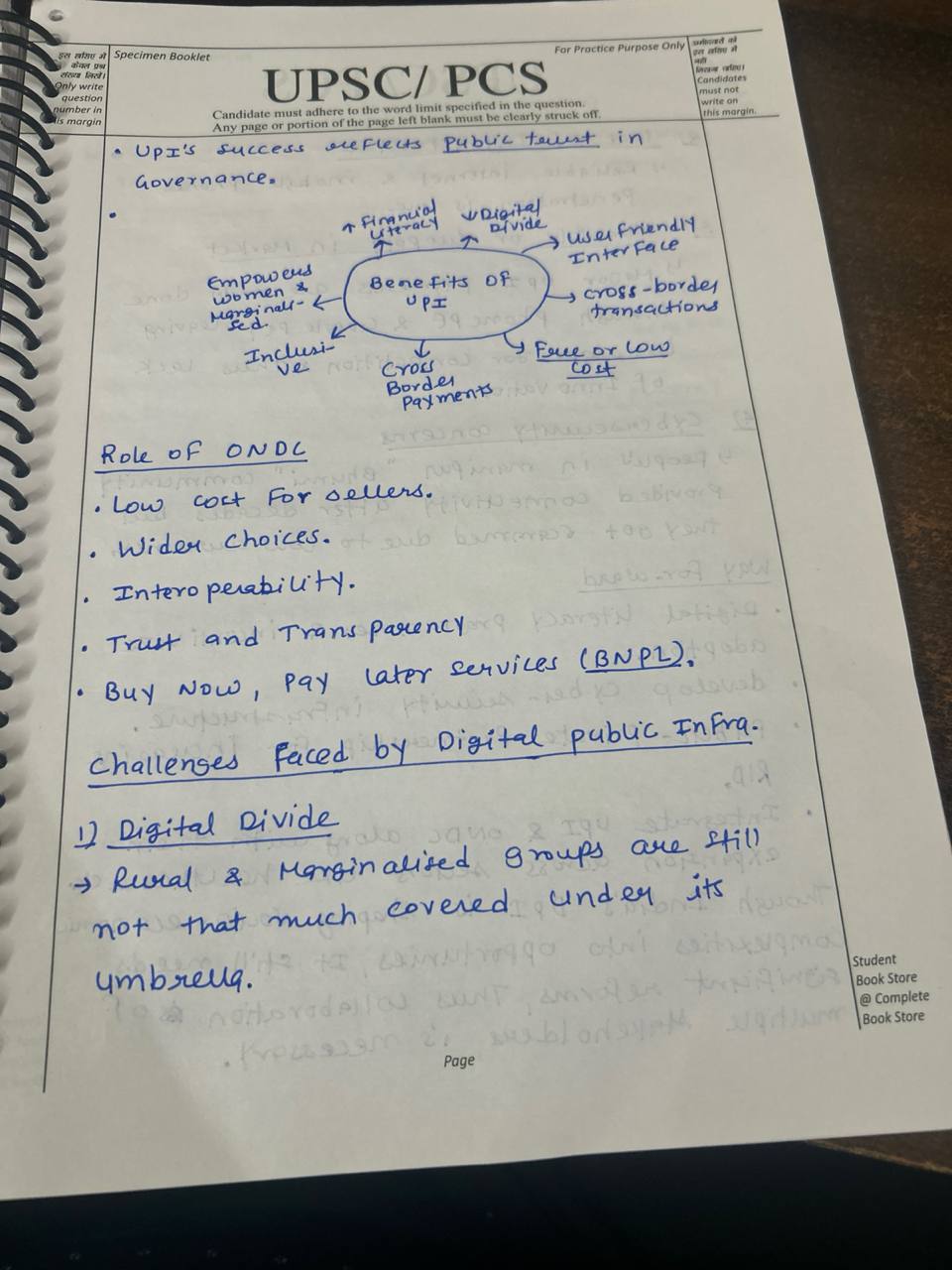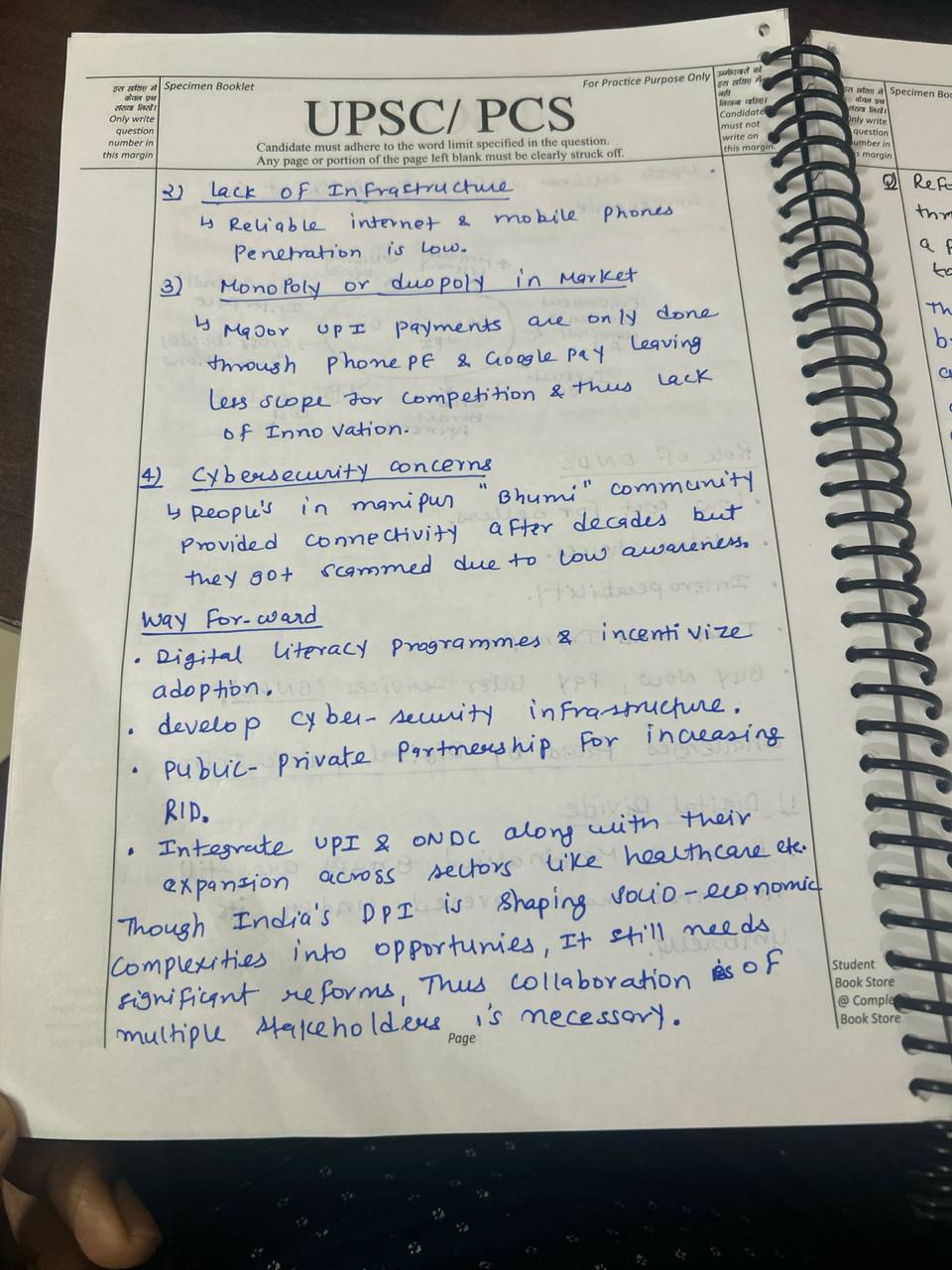Distinction Between "Code of Ethics" and "Code of Conduct" 1. Code of Ethics Definition: A Code of Ethics is a set of broad, overarching principles that guide the behavior and decision-making of individuals based on moral values and professional standards. It defines what is considered right and wroRead more
Distinction Between “Code of Ethics” and “Code of Conduct”
1. Code of Ethics
Definition: A Code of Ethics is a set of broad, overarching principles that guide the behavior and decision-making of individuals based on moral values and professional standards. It defines what is considered right and wrong in a professional context.
Example: The American Medical Association’s (AMA) Code of Ethics provides principles such as respect for patient autonomy, beneficence, and non-maleficence. It outlines the fundamental ethical obligations of physicians to ensure patient care is handled with integrity and compassion.
2. Code of Conduct
Definition: A Code of Conduct is a more detailed set of rules and guidelines that outline specific behaviors expected from individuals within an organization. It focuses on compliance with organizational policies and legal requirements.
Example: The Indian Administrative Service (IAS) Code of Conduct specifies detailed rules regarding officials’ conduct, including protocols for handling conflicts of interest, maintaining confidentiality, and guidelines for interactions with the public and colleagues.
Conclusion: While the Code of Ethics provides broad ethical principles guiding professional behavior, the Code of Conduct details specific behavioral expectations and operational rules within an organization.
See less



Primary education in rural India faces several challenges that need addressing: Infrastructure Issues: Schools often lack basic facilities like classrooms, toilets, and clean water. Solution Invest in building and improving school facilities, and encourage community involvement in maintenance. TeachRead more
Primary education in rural India faces several challenges that need addressing:
Infrastructure Issues: Schools often lack basic facilities like classrooms, toilets, and clean water.
Solution Invest in building and improving school facilities, and encourage community involvement in maintenance.
Teacher Quality and Quantity: Many rural areas face shortages of qualified teachers, and existing teachers may lack proper training.
Solution: Recruit more teachers, enhance their training, and offer incentives to retain them in rural regions.
Student Attendance: Distance from schools can prevent regular attendance, especially for girls.
Solution: Improve transportation options and consider setting up mobile schools or local learning centers.
Economic Barriers: Economic pressures lead to low enrollment and high dropout rates.
Solution: Provide scholarships and financial support to families, and run programs to promote the importance of education.
Resource Scarcity: Schools often have limited educational materials and resources.
Solution: Distribute books and learning materials through government schemes and partnerships with NGOs.
Health and Nutrition: Poor health and malnutrition impact students’ ability to learn.
Solution: Implement school meal programs and regular health check-ups to support student well-being.
By focusing on these points and implementing targeted solutions, primary education in rural India can be significantly improved.
See less